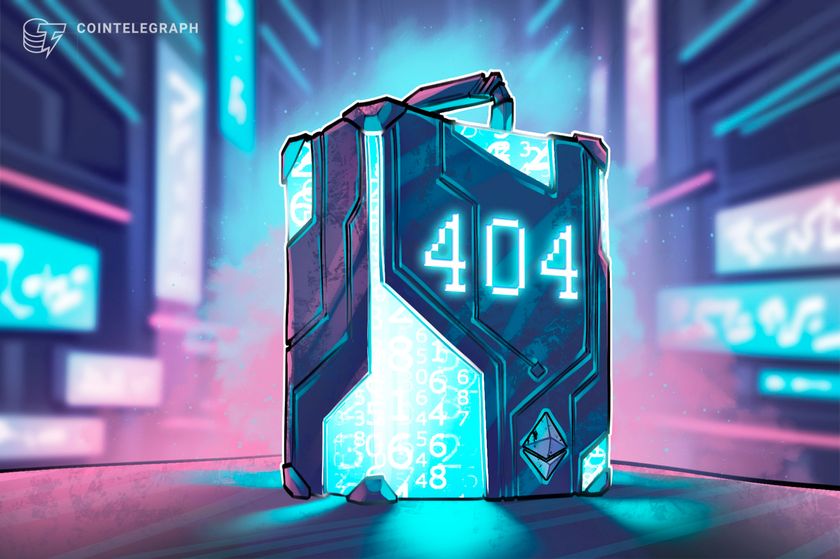ERC-404 token standard, explained

ERC-404 uses a mint-and-burn protocol to enable fractional ownership of NFTs, add more liquidity to the ecosystem, and open up a plethora of new use cases.
The ERC-404 is an experimental token standard that combines the elements of the ERC-20 and ERC-721 token standards to generate a token with the properties of both fungible and nonfungible tokens.
In February 2024, two pseudonymous creators — “ctrl” and “Acme” — developed a new experimental token standard that combines the properties of two established token standards: ERC-20 and ERC-721. The ERC-404 GitHub site states that the two standards it intends to combine “are not designed to be mixed,” but the effort aims to merge them in “as robust a manner as possible while minimizing tradeoffs.”
ERC-404 uses a mint-and-burn protocol to enable fractional ownership of NFTs, add more liquidity to the ecosystem, and open up a plethora of new use cases.
The ERC-404 is an experimental token standard that combines the elements of the ERC-20 and ERC-721 token standards to generate a token with the properties of both fungible and nonfungible tokens. In February 2024, two pseudonymous creators — “ctrl” and “Acme” — developed a new experimental token standard that combines the properties of two established token standards: ERC-20 and ERC-721. The ERC-404 GitHub site states that the two standards it intends to combine “are not designed to be mixed,” but the effort aims to merge them in “as robust a manner as possible while minimizing tradeoffs.”Read more